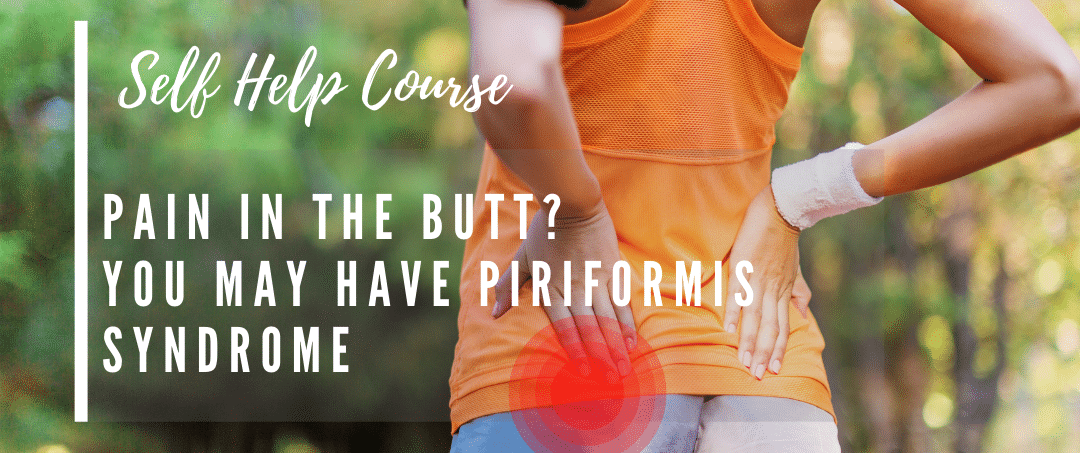What are growing pains, apophysitis and avulsion fractures?
What are “growing pains”? This is a general term used for pain associated with growth in children and adolescents. In younger children, the pain is thought to be associated primarily with muscles and is most commonly experienced in the thighs and calves. In adolescence, growth-related pain is most likely to be due to traction of muscles pulling on bony growth centres, called apophyses, which are where the muscles attach to the bone. Pain or inflammation of an apophysis is diagnosed as apophysitis. Occasionally, a rapid large muscle force may even disrupt the growth centre, with the muscle pulling away a small piece of bone from the main part of the bone (Figure 1). This is known as an avulsion fracture.

Possible sites of apophysitis or avulsion fracture around the hip & pelvis,
from most common to least common include (Figure 1):
- The hamstring muscle insertion onto the ischial tuberosity (sitting bone), accounting for over 50% of cases of pelvic apophysitis¹
- The rectus femoris muscle insertion onto the front of the pelvis (AIIS), accounting for just over 20%¹
- The sartorius muscle insertion onto the front of the pelvis (ASIS), accounting for almost 20% of cases¹
and much less commonly² ³:
- The iliopsoas muscle (hip flexor) insertion onto the lesser trochanter of the femur (thigh bone)
- The hip abductor (gluteus medius and minimus) muscle insertion onto the greater trochanter of the femur (Figure 1)
- The abdominal muscle insertion onto the top of the pelvis (Iliac crest)
What are growing pains usual symptoms?

Apophysitis
- The pain of apophysitis is generally experienced locally at the area of muscle attachment but can radiate around the area as well.
- There is also often tenderness at the muscle attachment for most sites. The iliopsoas (hip flexor) muscle insertion onto the lesser trochanter of the femur (Figure 1) is located deep beneath the inner thigh muscles and is therefore not easy to touch.
- Pain is usually worst following activity and eases with rest.
Avulsion fracture
- Young athletes presenting with an avulsion fracture commonly report an episode of sharp, sudden pain during a forceful movement and sometimes an accompanying sound, like a ‘pop’.
- Swelling and bruising and tenderness may develop over the area
- There is usually an immediate loss of muscle power related to pain or more significant bony disruption. This may result in a limp and difficulty lifting the knee up in front (rectus femoris, sartorius or iliopsoas muscle attachments) or the heel up behind (hamstring muscle attachment).
What causes apophysitis or avulsion fracture around the hip and pelvis?
Apophysitis
Apophysitis is due to long bones such as the femur (thigh bone) growing more quickly than the muscles of the thigh or hip. The relatively tight muscles then tug on the growth zones in the immature pelvis and femur, which is why the condition is often referred to as ‘traction apophysitis’.
Factors related to the development of apophysitis include:
- Muscle tightness – for example, shortened hamstring muscles in the back of the thigh will place greater loads on the apophysis at the ischial tuberosity (sitting bone).
- Rapid growth spurts – this problem often comes and goes during adolescence, with symptoms recurring during or just after a growth spurt. This is a period where the muscles are relatively shortest compared to the newly lengthened bones.
- Being male – apophysitis is more common in males, generally because males tend to grow in more rapid spurts.
- High activity levels – being very active places repetitive loads on the growth plates, which if combined with the other factors above, may contribute to the development of pain.
- Type of activity – sports that involve rapid acceleration and deceleration, and large ranges of hip movement, such as soccer and gymnastics, place greater load across the hip and pelvic growth centres (4).
Avulsion Fracture
An avulsion fracture almost always occurs in response to a large, rapid force where the muscle is in a position of stretch and contracting very hard, pulling on the growth centre.
- An avulsion fracture of the ischial apophysis occur typically as a result of a large force exerted by the hamstring muscles in the back of the thigh, with the muscle on stretch. A position of stretch for the hamstrings is one in which the hip is flexed (knee towards the chest) and the knee is straight or close to straight (Figure 2). This might occur in ‘pike’ type positions, front splits (front leg) or in a high kick to the front.
- An avulsion fracture of the rectus femoris, sartorius or iliopsoas muscle attachments typically occurs with a large force where the thigh is moving backwards (hip extension). For a rectus femoris avulsion, the most common type, the combination of the thigh moving backwards with the knee bent, (hip extension and knee flexion) creates highest stretch and greatest force on the growth centre at the front of the pelvis. This may occur during a rapid backflip (Figure 3), a forceful backwards kick or a wind up for a soccer kick.



In answer to the question what are growing pains, now you will have a much better understanding of what they are, the possible causes of growing pains in adolescents and why they can occur.
Make sure you read our next Blog where we will look at possible treatment options, what are they for apophysitis and avulsion fractures that occur around the hip and pelvis, and how can your hip pain professional help you.

Visit our Pain Locator Map to learn more about soft tissue related pain in different regions around the hip and pelvis, or other causes of groin pain.
Need Help? How Can A Hip Pain Professional Help?
Your Hip Pain Professional can:
- provide a thorough assessment of all the soft tissues in the groin region
- refer you for appropriate scans, if necessary
- provide or refer you for rehabilitation of this area,
- provide advice and/conditioning for successful return to sport
- refer you to a surgeon or provide surgery (if your HPP is a surgeon) – this is rarely required but may be necessary with more severe hernias or abdominal tendon tears.








